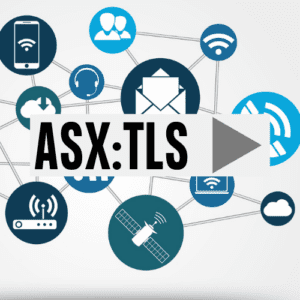‘To be absolutely certain about something, one must know everything or nothing about it.’ They are the words of Henry Kissinger, who recently passed away. If there’s anything we have learnt from the last couple of years, it is that markets can make fools of us all. Trying to predict what markets will do over […]
Stock Market News: Stay Informed About the Latest Market Developments and Trends
Investing begins by deciding how much money to allocate and to what asset class – whether that be term deposits, property, bonds, stocks, or precious metals. This process is called asset allocation.
Investing across a range of these asset classes helps diversify our portfolio.
What’s Not Priced In: 80% Off and No One Wants to Buy!
In this week’s episode of What’s Not Priced In, we speak all things commodities with James Cooper. We discuss how this cycle is different to the secular bear market experienced in commodities from 2012–16. We focus specifically on the carnage in the junior mining sector. James explains why this sector is the area speculative investors should be looking at to position for big gains in the years ahead.
Three Charts That Show Stocks Could be a Buy
Make sure you keep an eye on BHP today. Australia’s biggest company released their quarterly production figures this morning. Plus, for further evidence of the robustness, take a look at America. Read on below…
Closing Bell — How High Can Rates Go?
We don’t know how high US 10-year bond yields have to go before the economy cries uncle, but it can’t be that far off. Check out the Closing Bell video above where I set out all the key levels to watch going forward and show you different scenarios that could play out.
Telstra ASX:TLS and TPG Telecom ASX:TPG Abandon Plan to Share Regional Mobile Networks
Telstra and TPG announced today that they will not appeal against the decision to block their regional network sharing deal MOCN which has been in flux since it was first penned in February last year.
Boral [ASX:BLD] Shares Up 8.1% after Beating Profit Expectations
Construction materials giant Boral posted strong earnings today, beating expectations as its price increases across the board translated into healthy books. Shares were up by 8.12% this afternoon.





